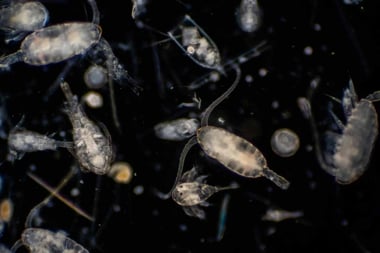Milk Thistle
Milk thistle (Silybum marianum) is the first herb that most herbalists think about when working on liver problem.
Milk thistle (Silybum marianum) is the first herb that most herbalists think about when working on liver problems. Milk thistle protects and regenerates the liver, inhibits the inflammatory enzyme lipoxygenases, reduces syndrome X and insulin resistance syndrome X and insulin resistance, and protects the kidneys.
Health Claims
Quite safe to use, milk thistle aids in regenerating and protecting some of the hardest working organs - the liver and kidneys.
How Milk Thistle Works
Most of the milk thistle products in current use are very strong concentrations of extract. These extracts are more properly considered phytopharmaceuticals.
The active constituents are a group of three isometric flavonoligans called silymarin. The three phytochemicals that make up silymarin are silibinin, silicristin, and silidianin. The common modern preparation of milk thistle and virtually all of the research has been done with 70-per-cent silymarin content. The silymarin content of ripe milk thistle seeds is four to six per cent, which means that it takes 15 to 20 pounds (6.75 to 9 kilograms) of seed to produce one lb (.44 kg) of finished product. When you consider that the whole plant, which has much less silymarin content than the seeds, is often used to produce the concentrated product, the concentration is often 50 to 75 fold.
Evidence
Milk thistle and silymarin have been shown in more than 150 clinical studies to protect and regenerate the liver cells. In some cases, the herb may reverse some hepatitis, repair liver cirrhosis, and prevent gallstones. It also works as an antioxidant by increasing cellular protection and improving scavenging of harmful free radicals. Milk thistle can inhibit the inflammatory enzyme lipoxygenase, reduce symptoms of syndrome X (a group of health problems that can include insulin resistance), and protect the kidneys from toxicity.
How to Take It
The dosage of milk thistle is 200 mg of 70-per-cent extract, three times daily. Since the average capsule holds between 500 to 600 mg of herb depending on the density of the herb, we have room for other botanicals. From our experience we can get more effective results from a milk thistle extract if we add other beneficial herbs to it. The botanicals we most often use with milk thistle are black radish, dandelion, ginger, parsley, and burdock roots.
Caveats
Milk thistle, even in large doses, is very safe. Both human and animal studies have shown that there is no toxicity, acute or chronic. However, liquid extracts or tinctures are rarely the right concentration. This means that consumers should be aware of which product they are purchasing. The product that appears to be the most economical may not be a concentrated plant extract. Furthermore, the ground herb or seed cannot be expected to produce the same results as the concentrates used in current research. Users may need to take 15 to 100 capsules of powdered herb to get similar results to those obtained from the concentrate. Ultimately this is not a practical or an economical option.




